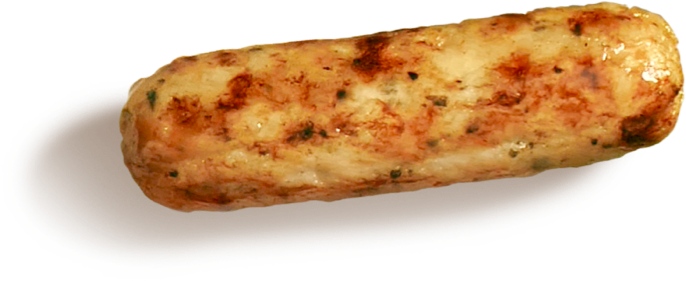Hold onto your seat (and your appetite) as we check off a few key facts about the meat industry and sustainability.
Firstly, demographics. With the world population set to increase to almost 10 billion people* in the next thirty years, there will be nearly two billion extra mouths to feed on planet earth by 2050*. And we can’t afford to assume most of these people will be born vegetarian.
Because of this rising population, coupled with a growing appetite for meat in many countries, global demand for meat is set to grow by 73% by the year 2050*. The agricultural industry will have to scale up massively, possibly even double in size, in order to meet this need*.
At this rate, we’re going to need a bigger planet. Scientists have called our consumption of meat the sixth mass extinction event in planetary history, which is every bit as scary as it sounds. So, what gives?


Or at least, the 30% of it there is left. Today, 39% of the earth’s habitable land is used to produce feed to rear livestock for the meat industry*. And because it takes three years to rear a single cow for slaughter, or 6-12 months for pigs and poultry, we need lots and lots of arable land to feed all these animals to term.
Which is something we sadly just don’t have. Currently, 70% of the Amazon rainforest has been destroyed*, and the livestock industry is one of the greatest contributors to this deforestation. Not to mention, to greenhouse gas production: the agricultural industry accounts for more emissions than the entire transport sector combined (that’s every car, plane, boat and train.)
Because of how it’s made, cultivated meat hits eight of the UN’s sustainable development goals*. And we want to protect animals, along
with the planet. Currently, 80 billion animals are slaughtered each year for meat: that’s 1.2 billion in the UK alone. By 2025, we aim to produce
12,000 tonnes of meat each year. Which is approximately equivalent to saving 173,000 animals from the slaughterhouse.
So you can see why so many people feel guilty when they fire up the BBQ and throw on a burger. They are Carni-conscious. We at Ivy Farm aim to produce real meat for the Carni-conscious. We help to answer the really big question: What IF we could love animals, love the planet and love meat too.

Sources:
The United Nations (2019) https://population.un.org/wpp/Download/Standard/CSV/
FAO (2011), Major gains in efficiency of livestock systems needed (2050 projection compared to 2011 levels), http://www.fao.org/news/story/en/item/116937/icode/
Ray DK, Mueller ND, West PC, Foley JA (2013) Yield Trends Are Insufficient to Double Global Crop Production by 2050, https://www.tabledebates.org/research-library/yield-trends-are-insufficient-double-global-crop-production-2050
FAO, via OurWorldinData.org, https://ourworldindata.org/agricultural-land-by-global-diets
Water Footprint Network, Water footprint of crop and animal products: a comparison, https://waterfootprint.org/en/water-footprint/product-water-footprint/water-footprint-crop-and-animal-products/
FAO (2006) http://www.fao.org/newsroom/en/news/2006/1000448/index.html
